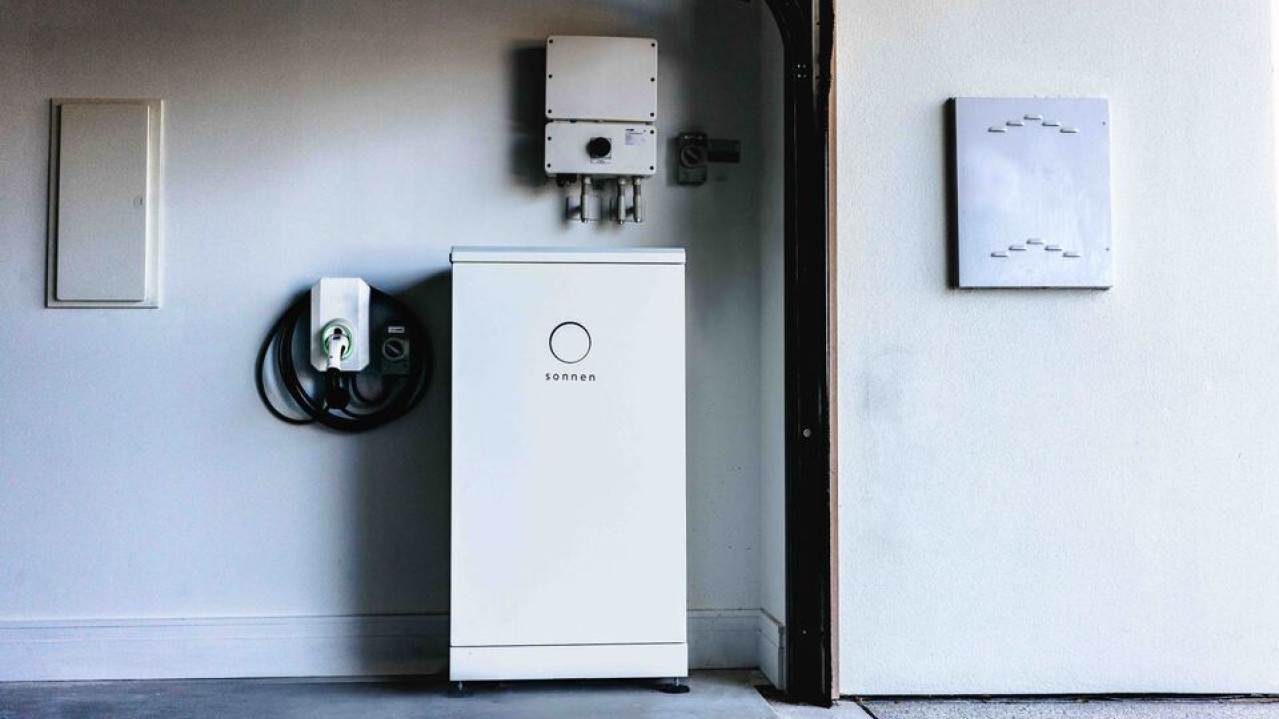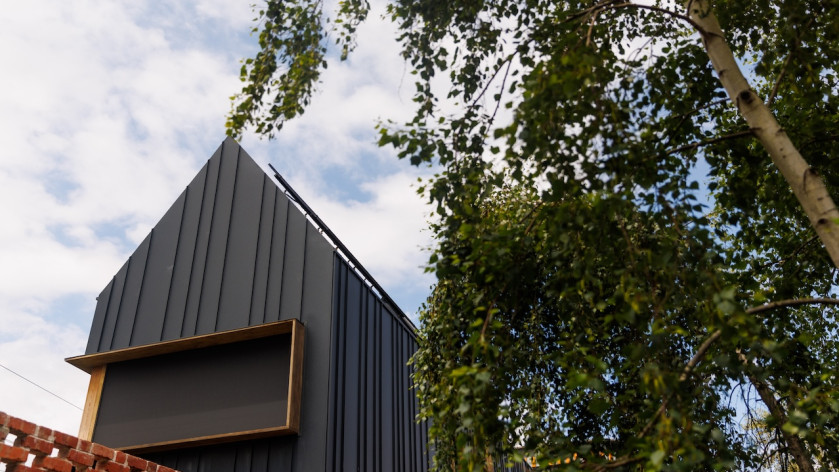
Solar battery installation process
Solar batteries play an important role in improving the effectiveness of your home solar system. Find out how to improve your solar efficiency with batteries.
What is the process of installing a solar battery?
Unlock the benefits of solar batteries to gain energy independence and secure blackout protection. In the following, we’re going to briefly run through the key considerations when choosing a battery, as well as what to look for in a solar installer. We’ll also cover what you need to know to get the most out of your battery, and what you can expect during the battery installation process.
Why add a battery to your solar system?
Adding a solar battery to your existing residential solar system will provide extensive benefits for your home’s energy usage and costs. Solar batteries store excess energy generated during the day, which allows you to tap into that reserve during periods of low solar production - or even during blackouts. This not only maximises your energy efficiency but also provides a reliable backup power source to protect your home against blackouts with a continuous energy supply to selected essential loads.
Considerations for pre-installation
Before diving into the solar battery installation process homeowners need to consider several factors. Firstly, choosing the right battery for your home is crucial. There are a number of factors such as surge capacity, charge cycle warranty and round-trip efficiency that need to be weighed against your household’s energy needs.
You also have a few different options when choosing the type of solar battery that you’re going to install. The most common types include lead-acid batteries, redox flow batteries, nickel-based batteries and lithium-ion batteries. At sonnen, we use lithium iron phosphate batteries to provide our customers with the most reliable, durable, and environmentally friendly option.
Before installation, you also need to check the battery’s compatibility with any existing solar panels and inverters.
Installation Location
Selecting the ideal location for your solar battery will help to maximise the system's future performance. The most important factors to consider here are space, exposure and accessibility. Choosing between indoor and outdoor installation depends on your individual preferences, but may also be limited by the battery you choose. Our sonnenBatterie Evo has an IP56 outdoor rating and complies with the AS/NZS 5139 standard for outdoor or indoor installations.
While indoor installation will protect your battery from harsh weather conditions, it can also require additional ventilation to support effective long-term operation. While installing your battery outdoors will provide it with much easier thermal management, it can also mean the need for weather-resistant system housing. By understanding these considerations, you can more effectively ensure your battery is positioned for both optimal performance and longevity.
Finding and choosing a solar battery installer
Choosing a reputable and accredited installer is critical for any system installation. You should ensure your installer holds the relevant state-based electrical accreditation. Each state has its own licensing, but you can also check a specific company's accreditation status online.
In addition to accreditation, you should check an installer's reviews and testimonials to gain more insight into their reputation and quality of work. Engaging with multiple installers for quotes will provide you with a more informed decision on cost, expertise and service.
What happens during the battery installation?
When physically installing the battery, there are several structural considerations made to ensure there are no potential issues over time. These requirements will largely depend on whether the system is installed indoors or outdoors, but some larger systems may necessitate more robust mounting systems, or installers may use reinforcing structures if required.
For indoor installations, ventilation is usually the primary consideration. Your installer will ensure that the battery is mounted in a well-ventilated space to prevent overheating and ensure the overall safety of the system. You are always encouraged to communicate with the installer throughout this process to address any concerns and queries promptly.
Connecting the battery to the grid
Before installing the battery, you can usually expect temporary power disconnections to ensure the safety of the battery installer. The actual connection process will usually involve some level of coordination between the homeowner, the installer and your energy provider.
The specifics of connecting the battery to the grid will depend on the type of solar battery you’ve chosen, but it’s not a simple plug-and-play affair. The battery connection to the grid as well as any existing solar panels or inverters will typically involve wiring to ensure alignment with the technical requirements of the grid and system.
Once the battery has been successfully connected, it goes through vigorous testing to verify the proper operation of the system. This phase involves checking for the efficient flow of energy, as well as an analysis of the battery’s charging and discharging functionalities. All elements of your battery’s usual operation are meticulously tested to ensure peak long-term operational efficiency.
Enjoying your battery
Once your solar battery has been successfully installed and connected to the grid, you can begin to reap the rewards. While we’ve covered the benefits of blackout protection, you can also expect more energy independence, reduced reliance on the grid and savings on your electricity bills.
In addition, some homeowners can explore the opportunity to join a ‘Virtual Power Plant’ (VPP) program. By joining a virtual power plant program, you can help stabilise the grid by contributing to the aggregated capacity of the program. This helps to reduce the intermittency of large-scale solar and other renewable energy sources while creating more grid stability.
Installing a solar battery in your home opens the door to a more cost-effective and energy-independent future. To get started on your journey, explore the sonnen range or contact us about starting your renewable energy journey with a sonnenBatterie.










